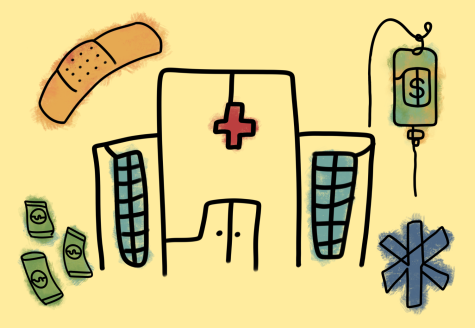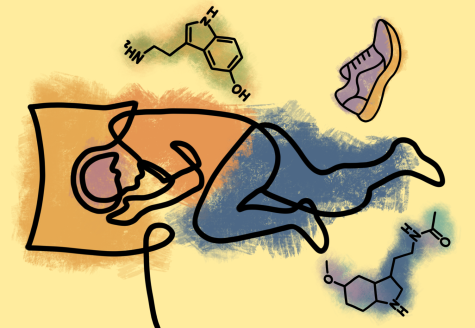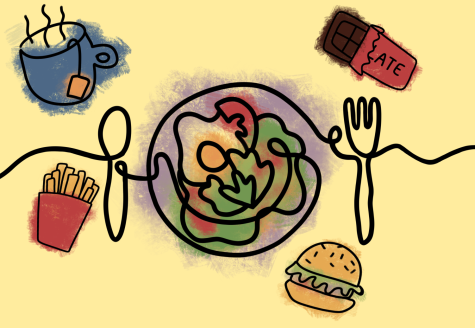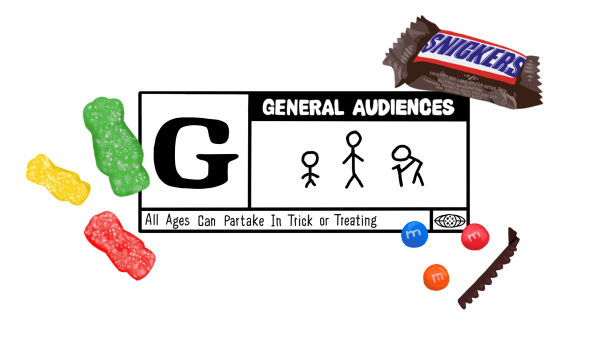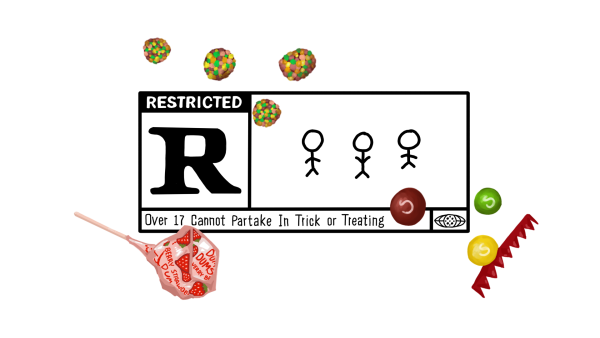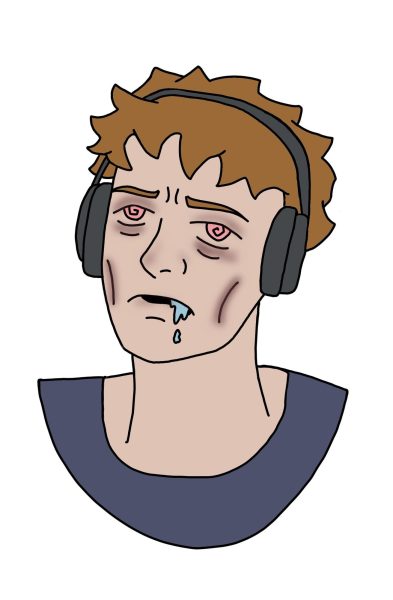Mental health and the societal pressure of grades

Graphic courtesy of LexisNexis
Getting a license and driving was once a coveted rite of passage, a sign of independence and a crucial life milestone for youth. Countless hours before one’s 16th birthday were spent behind the wheel until that special day, when coming home with that plastic card was a symbol of success. However, the number of teenagers obtaining a permit has been decreasing steadily. According to a study by the Federal Highway Administration, only 25% of 16-year-olds and 58% of 18-year-olds applied for a license as of 2020, nearly half of what those numbers were 50 years ago. This reflects a growing trend in Generation Z: teens have been getting licenses at a rate far slower than their predecessors, due to the prevalence of ride-sharing apps and other modes of transportation.
There is not any one reason responsible for this issue. A recent study by the University of Michigan cited three major causes: time constraints, cost and easier alternatives.
For starters, getting a license is considerably more difficult than it used to be. Policy changes in all but seven states have added minimum practice hour requirements and night/passenger restrictions. Additionally, the Insurance Institute for Highway Safety asked states to increase the minimum driving age to 18 in 2008, citing the statistic that teens tend to get into accidents four times more often than older drivers. As of right now, getting a permit in California requires 50 hours of supervised driving practice, 10 of which must be at night. High school students are already extremely busy with courses, sports and extracurriculars, making it difficult to set aside time to meet this requirement. Additionally, even after getting a permit, teenagers may not drive anyone under 25, and cannot drive between 11pm-5am. The restriction of who teens can drive only makes things more unappealing, as many would want to drive their school-aged friends around.
On top of everything, cars are not cheap. After buying the car itself, students must pay for maintenance and fuel — and the rising gas prices definitely do not make this easier. Furthermore, insurance is nearly 30% more expensive for teens. In California, it is illegal to drive without insurance, making the high cost a necessity to avoid further fines. Moreover, the number of teens with summer jobs is rapidly decreasing, with many focusing on sports or taking summer classes to get ready for college. This means the funds for a car are a lot harder to come by, and the need for a license itself is less essential in today’s world.
Moreover, the prevalence of technology has lessened the need for transportation in the first place. Social media enables virtual contact — especially during the height of the COVID-19 pandemic — which decreased the desire for people to meet in-person due to health concerns. Our generation can hang out, take classes and play games online, which was largely impossible just a decade ago. Plus, advancements in technology have provided easier alternatives for transportation. Apps like Uber and Lyft are becoming increasingly popular, providing quick and convenient rides for many.
Ultimately, while driving is a staple of our society, it certainly comes with difficulties. All this begs the question many teens seem to be asking: is getting a license really worth it?



